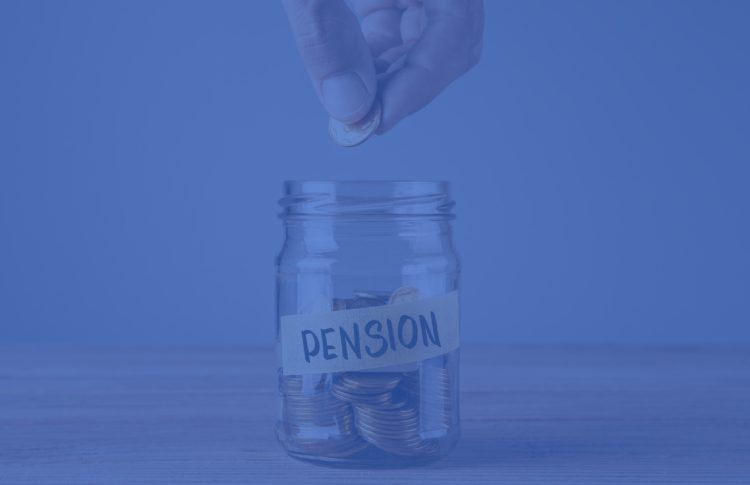
When you pay personal pension contributions you automatically receive basic tax relief from HMRC. As a higher or additional rate taxpayer you’re entitled to more relief but you have to claim it. Are you claiming all the relief you’re entitled to?
Statistics
Tax relief for pension contributions is going begging. Estimates of the amount unclaimed vary widely but even HMRC has suggested a figure that runs into hundreds of millions each year. The vast majority of this lost tax relief belongs to those who pay tax at higher rates.
Personally paid contributions
If you pay contributions from your bank etc., basic rate tax relief (20%) for most types of pension scheme is given at source. For example, if a pension plan is for contributions of £100 per month, you pay £80 and HMRC pays £20. If you’re a basic rate taxpayer that’s the end of the matter, but not if you’re liable to tax at a higher rate. You’re entitled to tax relief at the highest rate of tax you pay, but you must ask HMRC for it. This is where so many people miss out, especially those who don’t complete a self-assessment tax return.
Tip. To obtain higher/additional rate tax relief for your contributions you must claim it each year on your tax return or by writing to HMRC giving amounts and details of your contributions.
Trap. The amount of contributions on which you can claim tax relief is limited. The limit, known as the annual allowance, is usually £60,000 per tax year but can be reduced to as little as £10,000. Always check your limit, especially if you’re a higher earner.
Note. If you have a pension plan which began before April 1988, known as a retirement annuity contract (or “section 226” or “section 226A” contract), tax relief at source doesn’t apply. Whether you pay tax at the basic or higher rates, to obtain tax relief for your contributions you must claim it each year on your tax return. If you don’t complete a tax return, write to HMRC giving details of the contributions you are claiming relief for.
Workplace pension contributions
If your firm deducts pension contributions from your salary under its auto-enrolment or other workplace pension scheme, your entitlement to tax relief is the same as that for personally paid contributions. However, the method of obtaining relief can be different. There are two alternatives: net pay or relief at source. It might not be clear which your firm uses as different payroll software has different ways of showing it.
Tip. Ask your employer or pension provider which method your workplace pension uses.
Net pay
If your firm uses the net pay method, you’re receiving all the tax relief you’re entitled to whatever rate of tax you pay on your total income. It even gives the correct tax relief if you pay no tax on your salary. You therefore don’t need to claim any further tax relief or mention the contributions on your tax return. But the annual allowance trap mentioned earlier does apply and you should check you’re not getting too much tax relief.
Relief at source
If your firm uses the relief at source method, the position is exactly the same as for personally paid contributions. If you pay higher rates of tax on your total income you’ll need to claim the extra relief you’re entitled to.
This article has been reproduced by kind permission of Indicator – FL Memo Ltd. For details of their tax-saving products please visit www.indicator-flm.co.uk or call 01233 653500.